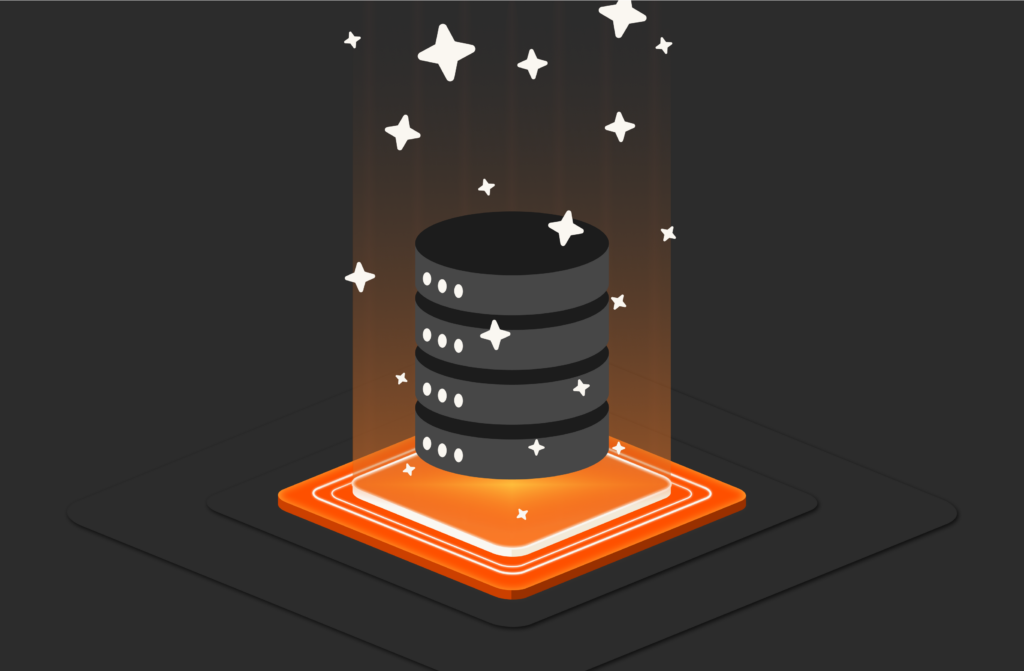Professional baseball has existed in the United States for more than 150 years, but over the last few decades, the equipment that players use, how and where fans watch the game, and even the rules of the sport itself have all evolved. In many cases, it’s thanks to advances in technology.
For anyone who thinks terms like “big data” and “digital transformation” don’t belong in the same sentence as baseball, think again. Major League Baseball (MLB) clubs like the SF Giants are leveraging data and leading-edge tech in all aspects of the game, from field strategy to ticket sales.
Data also plays a critical role in how modern baseball teams help players deliver optimal performance on the field and spring back faster from common injuries. The Giants are among the MLB teams that have turned to biometric analytics in recent years to try to gain data insights about their players’ physical condition to help pre-emptively identify burgeoning injuries like damaged ligaments that can lead to surgery and a long road of rehab. (Tommy John surgery, which involves the surgical replacement of a damaged ulnar collateral ligament (UCL), is the scourge of MLB.)
From 1872 to Today
So, when did the “data revolution” really take off in professional baseball? Some trace it back only as far as the 2002 season when Oakland A’s coach Billy Beane adopted a computer-generated strategy to bring in new players to a struggling team.¹ But others insist that baseball really got serious about data in the 1980s, when writer, historian, and statistician Bill James introduced “sabermetrics”—his computer-aided analysis of why teams win and lose.² Still others argue that data and statistics have always been a big part of the game, ever since organized baseball began.
There’s certainly merit to that: Stats such as batting average, a key metric for hitters, date back to at least 1872. Relief pitching entered the game at the turn of the 20th century, partially in response to rule changes but also to coaches analyzing the numbers to gauge starting pitchers’ effectiveness. After World War I, official statisticians began to emerge in baseball, leading to the creation of organizations such as the Elias Sports Bureau, which today collates and reports stats not just for MLB but for professional sports leagues throughout North America.³
Today, we see data transforming baseball in more and entirely new ways, with teams like the San Francisco Giants fully embracing data analysis to inform their overall business and marketing strategies. These future-forward organizations are also relying on their IT departments to help lead the charge—and drive digital transformation.
“Some MLB clubs are still in the mode of viewing IT as having a singular role in keeping the lights on and the costs down,” says Bill Schlough, Chief Information Officer (CIO) for the SF Giants. “Our IT team does that, of course. But because of the rich vein of data the Giants collect that we can tap into, analyze, and learn from, we feel our organization has the capacity to do much more.”
Smart Play: Recruiting a CIO Early in the Team’s Back-office Lineup
When the Giants hired Schlough in 1999, they were the first MLB team to appoint a CIO—a savvy move fitting for a team based in the tech-driven San Francisco Bay Area. And in the more than two decades since joining the organization, Schlough has helped the Giants build a reputation as one of the most innovative teams in sports.4
Schlough has overseen a digital transformation within the Giants organization that is wide-ranging in its scope and includes everything from the on-the-field analytical tools that helped lead the team to World Series titles in 2010, 2012, and 2014, to the adoption of free Wi-Fi for fans in 2004, to the 2019 installation of the first 4K-capable videoboard in a major league ballpark.5
Using Data to Reach, Engage, and Educate Fans
The videoboard—one of the largest in the majors—gives fans even more data, such as real-time stats that show how fast a pitch travels, how hard a ball is hit, how far the ball travels after it’s hit, and what the angle of trajectory is for a home run.
The videoboard brings fans “into the clubhouse data room,” just one way the SF Giants organization is delivering a more modern, data-driven baseball experience. “We’re in a big era of change relative to how our customers—the fans—consume our game,” says Schlough. “We’re a sports and entertainment business now, basically, so we have to stay ahead of that change to remain relevant and, ultimately, to grow.”
Learn how Pure helps organizations like the San Francisco Giants get more value from their data with an easy-to-deploy, high-performance, agile data experience for the delivery of real-time, modern analytics and AI.
https://www.baseballspotlight.com/how-billy-beanes-moneyball-concept-changed-baseball/
https://sabr.org/sabermetrics
https://www.espn.com/mlb/columns/story?columnist=schwarz_alan&id=1835745
https://www.mlb.com/giants/team/front-office/bill-schlough
Bigger is better for San Francisco Giants with new video board at Oracle Park
![]()





